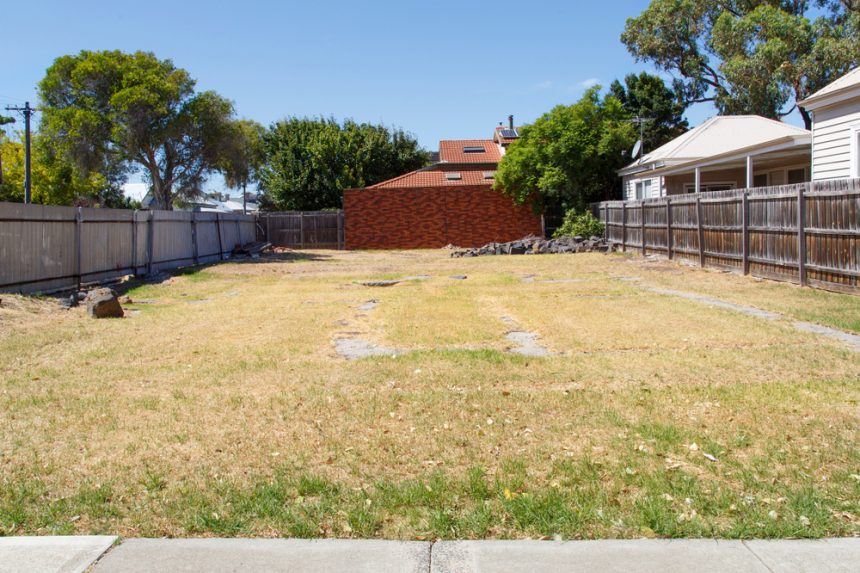The steep price of residential land across the country since the pandemic looks to derail the government’s ambitious home-building targets.
A quarterly residential land report co-released by CoreLogic and the Housing Industry Association (HIA) has found that the median cost of a residential block of land in Australia reached $340,000 in the third quarter of 2023, a new record high and up by more than a quarter compared to before the pandemic.
The high cost of shovel-ready plots is being attributed to a shortage during the early pandemic years when economic conditions made more residents eager to build, and prices were pushed up with demand.
That shortage still exists, but with the Aussie economy taking a turn for the worse, the HIA reports the volume of lots being sold has plummeted to 20-year lows.
“This ties in with other data showing the number of homes commencing construction is also lower than at any point in the last decade,” commented HIA senior economist Tom Devitt.
The organisation, which represents the interests of the residential building industry, noted that the recent figures did not bode well for Australia’s aim to rapidly ramp up home building.
“Alleviating the housing shortages in Australia will require a supply-driven approach, and national cabinet’s ambition to build 1.2 million well-located homes in five years is a step in the right direction,” Mr Devitt said.
“Delivering the infrastructure needed to get more residential land remains a chokepoint, with developer contribution charges acting as a tax on new housing, compounding other taxes and regulatory constraints on home building.
“More taxes on supplying new homes means there will be less of it, which is not consistent with the Australian Government’s stated objectives.”
CoreLogic economist Kaytlin Ezzy agreed that the findings indicate that there’s not enough buildable land to support robust residential development.
“The continued increases in land prices, despite a higher interest rates environment, growing affordability constraints and recessionary low levels of consumer sentiment, indicate just how constrained the supply of shovel-ready land is,” Ms Ezzy said.
In light of this latest report, she explained just how challenging a task it will be to ramp up building construction to the levels required to reach the national cabinet agreements.
“The government’s plan to provide 1.2 million new homes within five years is already an ambitious goal and would exceed the current record for five-year completions, recorded over the five years to December 2019 (1.045m), by almost 15 per cent,” she said.
“While the growth trend in construction costs appears to be normalising, helping to provide assurance for builders and potential new home buyers, without a sufficient and consistent release of shovel-ready land, it will be an increasingly difficult goal to achieve.”




